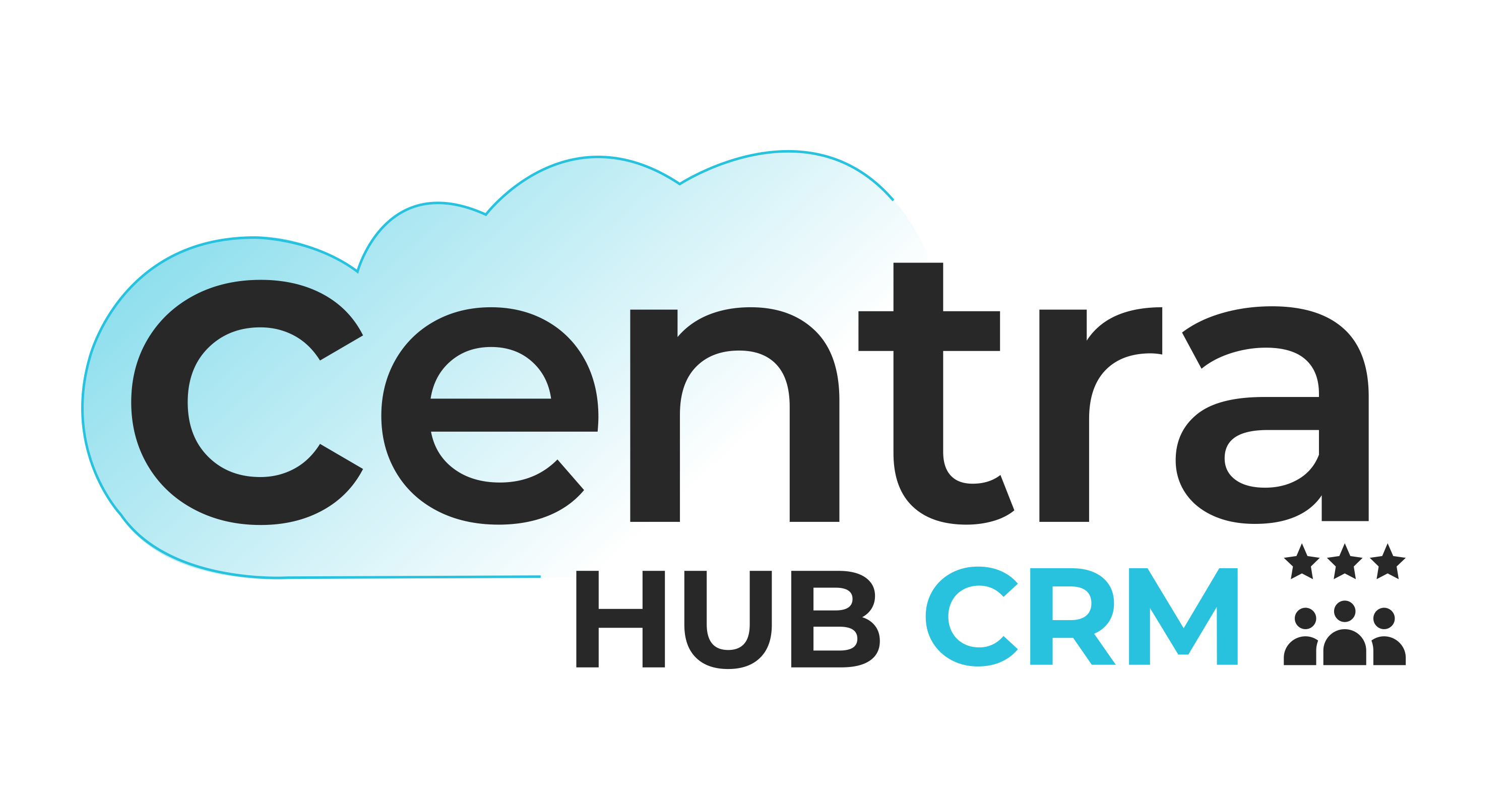Demand-driven planning and forecasting
A demand-driven approach is crucial for achieving supply chain agility. ERP systems enable organizations to gather real-time data, monitor demand patterns, and accurately forecast future demand. By integrating data from multiple sources, such as sales, marketing, and customer insights, ERP systems provide a holistic view of demand drivers. This information helps organizations align production, procurement, and inventory management strategies with customer demand, enabling them to respond rapidly to changes in the market. Implementing demand-driven planning and forecasting within ERP systems enhances supply chain agility and reduces the risk of excess inventory or stockouts.
Demand-driven planning and forecasting start with an accurate demand forecast. ERP systems utilize historical data, market trends, and predictive analytics to generate reliable forecasts. By analyzing customer behavior, seasonality, and market conditions, organizations can adjust production plans, inventory levels, and supply chain activities accordingly. Real-time data integration allows ERP systems to provide up-to-date demand insights, enabling organizations to make informed decisions quickly.
With demand-driven planning, organizations can dynamically adjust production schedules, prioritize customer orders, and optimize inventory levels. ERP systems facilitate real-time visibility into demand fluctuations, enabling organizations to respond promptly to changes. By aligning production and procurement with demand forecasts, organizations can avoid excessive inventory build-up or stockouts, ensuring a seamless supply chain operation.
Collaborative supplier management
Effective supplier collaboration is a key component of supply chain agility. ERP systems provide features and functionalities to streamline supplier management processes, such as supplier performance evaluation, supplier scorecards, and supplier collaboration portals. These tools enable organizations to establish collaborative relationships with suppliers, share real-time information, and foster open communication. By aligning with suppliers' capabilities and capacities, organizations can proactively address supply chain disruptions, mitigate risks, and maintain consistent supply. ERP-enabled supplier collaboration enhances supply chain agility by improving transparency, responsiveness, and overall supply chain performance.
Collaborative supplier management starts with the selection of reliable and strategic suppliers. ERP systems help organizations evaluate and monitor supplier performance based on predefined criteria, such as on-time delivery, quality, and responsiveness. Supplier scorecards provide a comprehensive view of supplier performance, enabling organizations to identify areas for improvement and make data-driven decisions in supplier selection and collaboration.
Supplier collaboration portals within ERP systems serve as a centralized platform for sharing information, exchanging documents, and communicating with suppliers in real-time. This promotes transparency and visibility throughout the supply chain, enabling efficient order processing, inventory management, and issue resolution. With real-time information exchange, organizations and suppliers can collaborate closely, aligning production schedules, managing demand changes, and addressing potential disruptions.
By fostering collaborative relationships with suppliers, organizations can build trust and strengthen partnerships. This collaboration facilitates better supply chain coordination, shorter lead times, and faster response to market demands. ERP systems enable effective supplier management, ensuring a reliable and agile supply chain that can adapt to changing circumstances.

Real-time visibility and analytics
Real-time visibility and analytics are critical for supply chain agility. ERP systems offer comprehensive dashboards, reports, and analytics capabilities that provide real-time insights into supply chain operations. These tools enable organizations to monitor key performance indicators (KPIs), track inventory levels, identify bottlenecks, and analyze supply chain performance. Real-time visibility allows organizations to identify potential disruptions and take immediate corrective actions. With ERP-enabled analytics, organizations can gain a deep understanding of supply chain dynamics, optimize processes, and proactively respond to market changes. Real-time visibility and analytics empower organizations to make data-driven decisions and drive continuous improvement in supply chain agility.
Real-time visibility within ERP systems allows organizations to track and monitor supply chain activities from end to end. By integrating data from various sources, such as procurement, production, logistics, and sales, ERP systems provide a unified view of the supply chain. Organizations can monitor KPIs, such as order fulfilment rates, lead times, and inventory turns, in real-time, enabling them to identify bottlenecks, inefficiencies, and areas for improvement.
Analytics capabilities within ERP systems enable organizations to analyze historical and real-time data to gain actionable insights. By leveraging advanced analytics techniques, such as machine learning and predictive modelling, organizations can anticipate demand fluctuations, identify potential risks, and optimize supply chain operations. Real-time analytics dashboards provide visual representations of supply chain performance, enabling organizations to monitor KPIs, track trends, and make informed decisions promptly.
With real-time visibility and analytics, organizations can proactively identify supply chain issues, such as capacity constraints, bottlenecks, or delays. By monitoring critical metrics and trends, organizations can take corrective actions to mitigate risks, optimize processes, and improve supply chain agility.
Cloud-based ERP for scalability and flexibility
Cloud-based ERP solutions offer scalability and flexibility, key attributes for achieving supply chain agility. Cloud ERP allows organizations to scale their operations up or down based on changing business requirements. As demand fluctuates, cloud ERP provides the flexibility to adjust resources, expand or contract production capacities, and optimize inventory levels accordingly. The cloud-based nature of ERP systems also facilitates seamless collaboration and information sharing across multiple locations, enabling organizations to manage geographically dispersed supply chains efficiently. Cloud ERP enhances supply chain agility by providing the infrastructure and capabilities to adapt and respond quickly to market dynamics.
Cloud-based ERP systems offer scalability by providing on-demand computing resources. Organizations can easily scale up or down their operations based on demand fluctuations without the need for significant hardware investments or infrastructure modifications. The cloud-based infrastructure allows organizations to adjust resource allocation dynamically, ensuring efficient utilization of computing power, storage, and network capabilities.
Flexibility is another significant advantage of cloud-based ERP systems. Organizations can access and manage supply chain data from anywhere at any time through web-based interfaces. This flexibility enables seamless collaboration among supply chain partners, such as suppliers, manufacturers, distributors, and customers. By facilitating real-time information exchange and collaboration, cloud ERP systems enhance supply chain visibility, responsiveness, and agility.
Cloud-based ERP systems also offer built-in disaster recovery and data backup capabilities, ensuring data integrity and business continuity in the event of disruptions. By storing data in secure and redundant data centres, organizations can minimize the risk of data loss and ensure uninterrupted supply chain operations.
Conclusion:
Achieving supply chain agility is essential for organizations to thrive in today's fast-paced business environment. ERP systems play a vital role in enhancing supply chain agility by enabling demand-driven planning and forecasting, facilitating collaborative supplier management, providing real-time visibility and analytics, and offering the scalability and flexibility of cloud-based solutions. By implementing these strategies within ERP systems, organizations can optimize supply chain operations, improve responsiveness, and build a resilient and agile supply chain.







